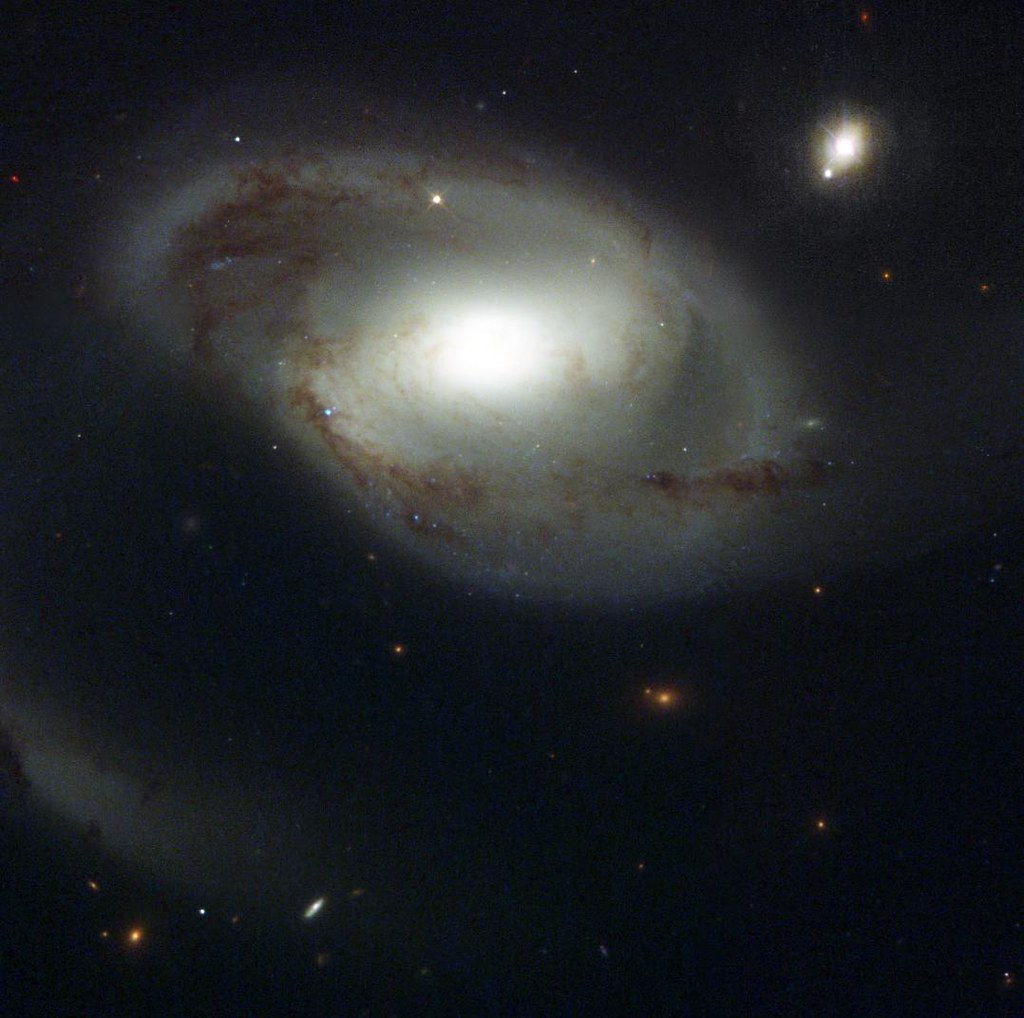Imagine a celestial object so luminous that it outshines the combined light of billions of stars, an object so powerful that it devours a sun’s worth of material every single day. This isn’t the stuff of science fiction, but the reality of a discovery made by Australian scientists who have identified the brightest known object in the universe—a quasar powered by the fastest growing black hole ever discovered.
The quasar, known as J0529-4351, is a true cosmic titan with a mass about 17 billion times that of our solar system’s sun. The light from this quasar has traveled for more than 12 billion years to reach Earth, providing us with a glimpse into the universe’s distant past. The findings, a collaborative effort between Australian National University (ANU), the European Southern Observatory (ESO), the University of Melbourne, and France’s Sorbonne Université, have been published in the prestigious journal Nature Astronomy.
The discovery was initially made using a 2.3-metre telescope at ANU’s NSW Siding Spring Observatory in Coonabarabran and later confirmed with the ESO’s Very Large Telescope, which boasts a primary mirror of 8 metres. Lead author and Associate Professor at ANU, Christian Wolf, characterized the quasar as the most luminous celestial body currently identified in the cosmos, boasting a remarkable growth rate that results in a ‘huge release of light and heat.’The quasar’s light is emitted from an ‘accretion disc’ that is seven light years in diameter, where material is dragged into and spirals around the black hole before crossing the event horizon.
Wolf likened the scene to ‘a gigantic and magnetic storm cell with temperatures of 10,000 degrees Celsius, lightning everywhere and winds blowing so fast they would go around Earth in a second.’ This storm cell exceeds the magnitude of the distance between our solar system and the neighboring star in the galaxy, Alpha Centauri. Co-author Dr. Christopher Onken expressed surprise that such a bright object had remained undetected for so long, noting it was ‘hiding in plain sight.’
The quasar J0529-4351 was originally spotted in data from over four decades ago but was so bright that astronomers failed to identify it as a quasar. It was only recently that a re-examination of the object using the Siding Spring Observatory led to the realization that it was, in fact, a quasar. This misclassification was corrected in 2023, and the discovery that this is the brightest quasar ever was made with the help of the VLT’s X-shooter spectrograph instrument.

The supermassive black hole situated at the center of this quasar is estimated to be approximately 17 to 19 billion times the mass of the sun, exhibiting a consumption rate that challenges the limits of established physics. The team believes the black hole is feeding near the Eddington limit, the theoretical maximum at which the radiation from the black hole should push away incoming gas and dust, potentially cutting off its own supply of material.
The quasar will continue to be a subject of intense study, with the upgraded GRAVITY + instrument at the VLT set to provide high-contrast precision on bright objects like J0529-4351. Additionally, the upcoming Extremely Large Telescope (ELT), currently under construction in the Atacama Desert, will further investigate this luminous object.
The thrill of discovery is a driving force for astronomers like Wolf, who relishes the ‘chase’ and the ‘cheeky joy’ of uncovering cosmic treasures. As we continue to explore the vastness of space, discoveries like this quasar remind us of the universe’s capacity to astonish and the relentless curiosity of those who study it.
Related posts:
Astronomers discover universe’s brightest object – a quasar powered by a black hole that eats a sun a day
The Brightest Quasar Ever Seen Eats a ‘Sun’ Every Day
Fastest-growing black hole gobbles up 1 sun a day to feed brightest object in universe




